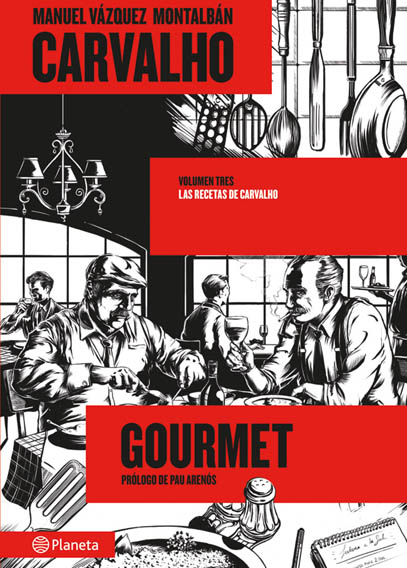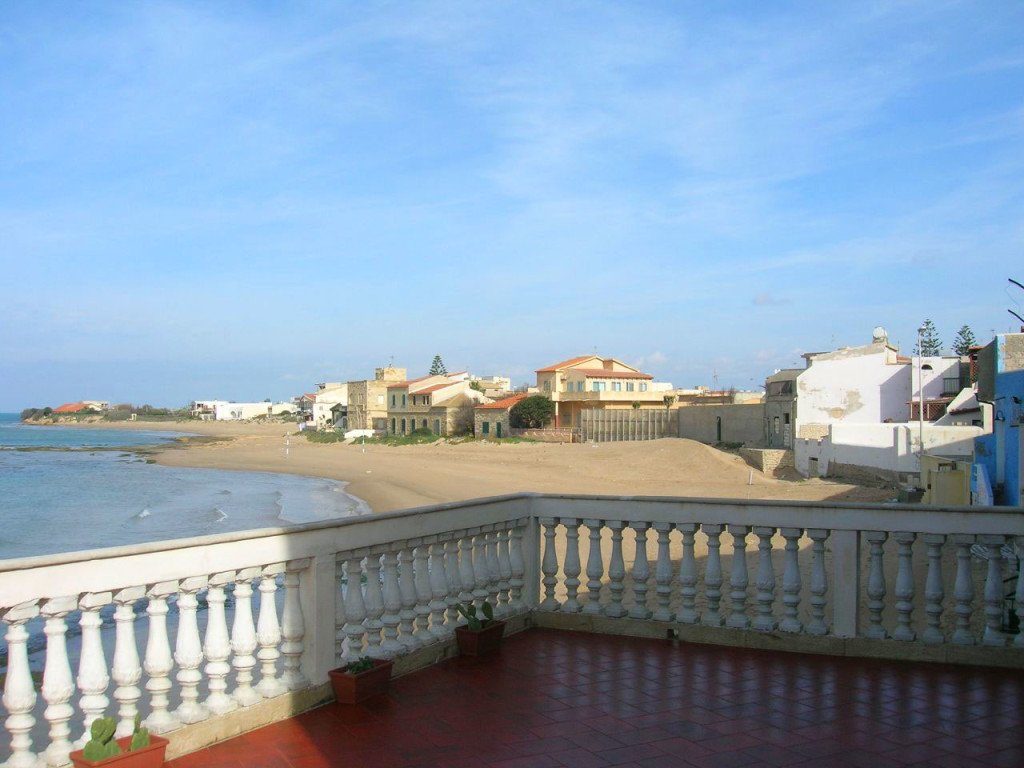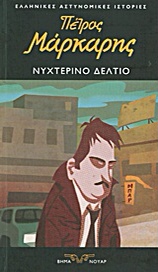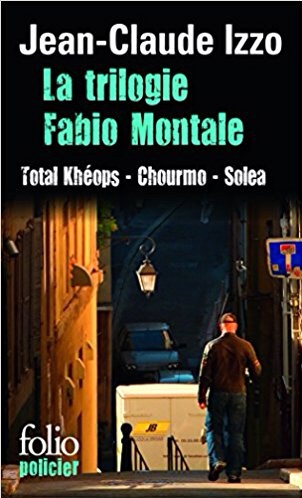Preface 2023
Preface – magazine 2023 A contemporary magazine feeds upon dynamism and vigour. It instantly perceives the inputs deriving from the readers and evolves, offering its best at...
Filter by Category
Preface – magazine 2023 A contemporary magazine feeds upon dynamism and vigour. It instantly perceives the inputs deriving from the readers and evolves, offering its best at...
Food surfaces in some “Mediterranean” detective stories, in different degrees, perfectly inserted in the narrative plot and not mere decorative accessory.«The...
Food has always had a place and a very distinct role in art, from the ancient world to today. Food is the protagonist in still life paintings and an important iconographic element...
Red coloured trousers, a white shirt, and a quick and easy-going walk anyone used to travel the world has, professor Charles Spence arrives at Syracuse University in Florence. We...
We cannot affirm that human’s taste has always been constant over the centuries and millennia. We remain astonished at how our tastes differ from our ancestors every time we read...
In ancient times, people prized saffron more for its medicinal qualities than for its culinary qualities. Egyptian papyrus already mentioned the orange-red stamens, which...
Our magazine moves around everything that represents the food culture. In this issue, we publish Alice Dini’s travel journal written along the Santiago way. It is a vivid...
What do oranges, pineapples, bananas, rice, mushrooms, nettle, beer and wine have in common? We can eat them, drink them and…weave them! Here are some examples. We can transform...
The wine in a Greek inscription from the 8th century B.C. Since ancient times, oil and wine have been very important elements in the diet of the Greek and Italian populations. It...
In the 12th century, the Chianti area belonged almost entirely to the Republic of Florence, which had gained control of the area with the help of both ecclesiastical organization...
Born in 1953 in Siena, she graduated in History of Medieval Art; in 1993, she founded the Wine Tourism Movement and then created the Open Cellars initiative: a full day dedicated...
Food surfaces in some “Mediterranean” detective stories, in different degrees, perfectly inserted in the narrative plot and not mere decorative accessory.
«The Mediterranean noir? It has two components, cities and food. For Petros Markaris there is no doubt: the “social” ingredients are not the only characteristics that make a detective story so special. Food plays an important role in all Mediterranean detective stories, a perspective almost unexplored in the American, English or Swedish ones. »
Together with Andrea Camilleri, Jean Claude Izzo, Manuel Vázquez Montalbán, Petros Markaris has contributed in many ways to the definition of the standards for this new literary genre, over twenty years ago. For the noir or the Mediterranean detective story, the culinary art is not only a tool for the search for truth but a sort of guide to a life that truly deserves to be lived. Food expresses the authentic character of society.
However, if we can evoke food as a unifying element, it does not have the same value for everyone.
1. Pepe Carvalho’s immoral recipes
Pepe Cavalho is a private investigator and the protagonist of the novels by Catalan writer Manuel Vázquez Montalbán. For Pepe, food is the essence of life.
“Carvalho is gastronomically eclectic. At the core of taste, there is always an essential element: the palate of memory, the sensory homeland of childhood. For this reason, his first suggestions come from the popular, poor and imaginative cuisine of Spain and his grandmother’s kitchen. Our man mixes the Catalan cuisine with the high cuisine he finds in various restaurants around Spain and several foreign gastronomies. However, one thing is what Carvalho eats, another what he cooks. Carvalho cooks by neurotic impulse when depressed or irritated. He usually seeks a complicit company who eats what he cooks, to avoid the onanism of the simple nutrition and alternately succeed in communicating something.

He meets propitious, maieutic diners. We could infer that Pepe Carvalho’s gourmet tastes are eclectic in choices and syncretic in technology. Nevertheless, it would be much more realistic to accept these tasty proposals as the human heritage of Mr José Carvalho Tourón.”(Manuel Vázquez Montalbán, Pepe Carvalho’s Recipes). Montalbán often includes recipes in Carvalho’s stories realized by the detective or by his right-hand man Biscuter. The author also collected them in “The recipes of Pepe Carvalho” and in “Immoral recipes”, describing classic and revisited dishes, both aphrodisiac and delicious
2. Montalbano’s arancini
With Andrea Camilleri’s Inspector Montalbano, we are no longer in the realm of culinary extravagances but firmly anchored to the cornerstones of Sicilian cuisine.
Montalbano has a passionate, almost carnal approach to food: nothing can distract him from what he is eating. He demands total silence during the meal. He often tastes in solitude the delicacies both his cook and housekeeper Adelina and Calogero, the owner of the homonymous restaurant, prepare for him.
Caponata, pasta ‘ncasciata or cuttlefish ink, sardines a beccafico: all the best of Sicily runs through the pages of Camilleri’s books. Nevertheless, the undisputed king is the arancino, Montalbano’s favourite food. “Jesus, Adelina’s arancini! Even though he had only tasted them once, the memory had passed into his DNA, becoming part of his genetic material.”
Inspector Montalbano relishes the deepest tastes of Sicily. Camilleri understood that this immersion in everyday life pleases readers. Every writer tries to create an emotional bond between the reader and the characters of a novel. One of the best ways to do so is to find a common passion and food meets this purpose perfectly. The universal pleasure of the kitchen becomes the best way to conquer our hearts.

3. Commissioner Charitos and Adriana’s ghemistà
Kostas Charitos, Petros Markaris’ literary son, is commissioner in Athens. He is married to Adriana, a first-rate cook who blunts family quarrels resorting to traditional Greek dishes.
“If my mother were still alive, I’m sure she would be glad that her ghemistà (stuffed vegetables) have become the main specialty of my detective story. I am also sure that she would have found Adriana, Commissioner Charìtos’s wife, a pleasant character, for the simple reason that she prepares ghemistà ad she did. At the beginning of the first novel, Night Bulletin Proof, I felt the need to put Adriana in the kitchen. Ghemistà came forward spontaneously, not just as an essential food, but also as a symbol of reconciliation and tenderness between Charìtos and his wife. You will not believe it, but when my mother read this book, she asked me with indignation, “And you, where did you find the recipe to pass it on to Adriana?”
For Kostas Charitos, the “food route” gives primarily the measure of the grave economic and social crisis. The Charitos come to terms with the public employees and police’s salaries cuts, and the need to buy cheaper foods.
However, it is sitting at the table that we understand how the Greek people lost their “culture of poverty” that always helped them overcome all adversity. Charitos’s cuisine thus becomes the privileged social laboratory to understand what is happening in the country.

Markaris’s works guide us through Athens, a chaotic and ungainly city, but with a charm that cannot leave you unmoved. Just like the dense and fragrant appeal of the “sweet boiled” coffee. The same coffee, possibly accompanied by some quince cheese, our inspector loves to sip together with his friend Lambros Zisis.
4. Garlic, mint and basil for Fabio Montale
It is around the Vieux Port of Marseille, where sailors and immigrants mix and mingle, that Fabio Montale, a former police officer now private investigator, conducts his investigations. Through him, Jean Claude Izzo rewrites, even in a gastronomic sense, the local history. Fabio loves Marseille and its sea. “My city, always halfway between tragedy and light”, is as enchanting, fragrant, and joyful, as damned. Melancholy at the right point. Dirty with blood and rubbish, pungent like spices, fragrant and fresh like aromatic herbs.

In the cuisine of Marseille described by Izzo, you discover the countless roots of the city, where Italian, Greek, Arab and Jewish recipes are inextricably intertwined. Eating is both a profound pleasure and an act of resistance to the threat represented by the spread of racism. The love for food leads to the claim of a plural identity, fragments that complement each other and that consequently cannot do without each other. For Fabio Montale (and therefore for Izzo) it becomes essential to experience every new encounter with passion, knowing that «eating means welcoming the others».
Marseille is the perfect place to get lost among the scents of a thousand spices that transform the city into a corner of the East. Coriander and cumin, curry and mint: these are also the aromas Montale finds on the body of women he tragically loves.
ILARIA PERSELLO